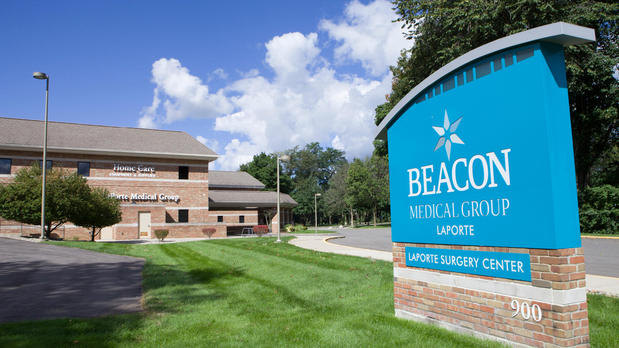Ejection fraction: What does it measure?
This measurement, commonly taken during an echocardiogram, shows how well the heart is pumping. Know what results mean.
Answer Section
Ejection fraction is a measurement of the percentage of blood leaving the heart each time it squeezes. When the heart squeezes, it's called a contraction. Ejection fraction is just one of many tests your healthcare professional may use to see how your heart works.
The heart squeezes and relaxes. When the heart squeezes, it pumps out — or ejects — blood from the two lower heart chambers, called ventricles. When the heart relaxes, the ventricles refill with blood. No matter how forceful the contraction, the heart can never pump all the blood out of a ventricle. The term "ejection fraction" is the amount of blood — as a percentage — that's pumped out of a filled ventricle with each heartbeat.
The ejection fraction is usually measured only in the left ventricle. The left ventricle is the heart's main pumping chamber. It pumps oxygen-rich blood to the body's main artery, called the aorta. The blood then goes to the rest of the body.
According to the American Heart Association:
- A left ventricle (LV) ejection fraction of about 50% to 70% is categorized as normal.
- A mildly reduced LV ejection fraction is usually between 41% and 49%.
- A reduced LV ejection fraction is usually 40% or less.
Even if your ejection fraction is OK, your overall heart function may not be healthy. Talk with your healthcare professional if you have concerns about your heart.
Some things that may cause a reduced ejection fraction are:
- Weakness of the heart muscle, such as cardiomyopathy.
- Heart attack that damaged the heart muscle.
- Heart valve disease.
- Long-term, uncontrolled high blood pressure.
Ejection fraction can be measured with imaging tests, including:
- Echocardiogram. This is the most common test used to measure ejection fraction. Sound waves make pictures of the beating heart. An echocardiogram shows how blood flows through the heart and heart valves.
- Cardiac catheterization. A long, thin flexible tube called a catheter is inserted in a blood vessel, usually in the groin or wrist, and guided to the heart. Images taken during this test can measure the ejection fraction of the heart.
- Magnetic resonance imaging (MRI). An MRI uses a magnetic field and radio waves to create cross-sectional images of specific parts of the body. When an MRI is used to study the heart, it's called a cardiac MRI.
- Computerized tomography (CT). A CT scan uses X-rays to create cross-sectional images of specific parts of the body. When a CT scan is used to study the heart, it's called a cardiac CT.
- Nuclear medicine scan. During a nuclear medicine scan, trace amounts of radioactive material are put into your bloodstream through an IV. Special cameras then track the radioactive material in your blood as it flows through your heart and lungs.
© 1998-2025 Mayo Foundation for Medical Education and Research (MFMER). All rights reserved.
Terms of Use



